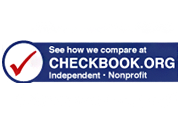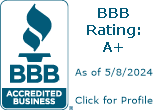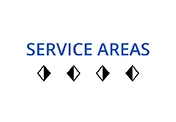How Can I Figure Out The Square Footage of My Roof?
It’s been a long time since high school trigonometry, but take it from the leading Northern VA roofing company, figuring out the square footage of your roof isn’t as complex as it sounds.
The Terminology
First, you’ll want to understand a few of the terms you might not have heard before. If you’re researching a new roof, it’s easy to become overwhelmed.
Pitch/Slope: This is the steepness of your roof. The reason this is important is because this angle will greatly affect the square footage of the roof deck.
Squares: A square is 100 square feet, or an area 10’x10’. Roofers use this because it’s easier to say “The roof is 24 squares,” than it is to say, “The roof is 2380 sq ft’.” Pricing and materials also tend to be quoted in squares.
Peak/Ridge: This is the top of your roof. It’s not uncommon to instal special ventilated ridgecaps, and if the peak is shingled traditionally, it will require several layers of shingles.
Gable: The gable is the sloping edge of your roof.
Eave: This is the bottom of your roof, where the gutters hang.
The Math
The first thing you will need to do is figure out the slope of your roof. Unlike, say, engineering the rafters (so many angles!) figuring out the slope of your roof is relatively easy.
Slope is almost always expressed as a ratio that means rise over run. A 3:12 slope means that for every foot, the roof rises 3 inches. If you have the measurements on hand that tell you the A side and the B side of a standard right angle, you can solve for C (the hypotenuse) fairly easily. That would give you the numbers to discover the area of the roof deck without ever having to figure out the slope. (a2 + b2 =c2. That’s the sum of my memory of trigonometry).
Or, you could go outside with a protractor and see which angle matches.
Armed with the slope, you will be able to use any roofing calculator to figure out your roof area. If your roof is complex, with many gables or dormers, you may just want to save yourself the trouble of figuring it out on your own and get a roofing company out to measure for you. Not every company will do it, but your numbers may be more accurate.
Next Steps
With your roof area figured out, you can now compare apples to apples when pricing out different roofing companies. There are a variety of different ways to price, but you’ll be able to convert them all into price per square, and that will give you a good starting point.
Remember that the lowest bid is not usually the best bid. Be sure to ask the roofers what brand of shingles (and other materials) they use. Make sure they are top quality, or your new roof might not last as long as it should.











